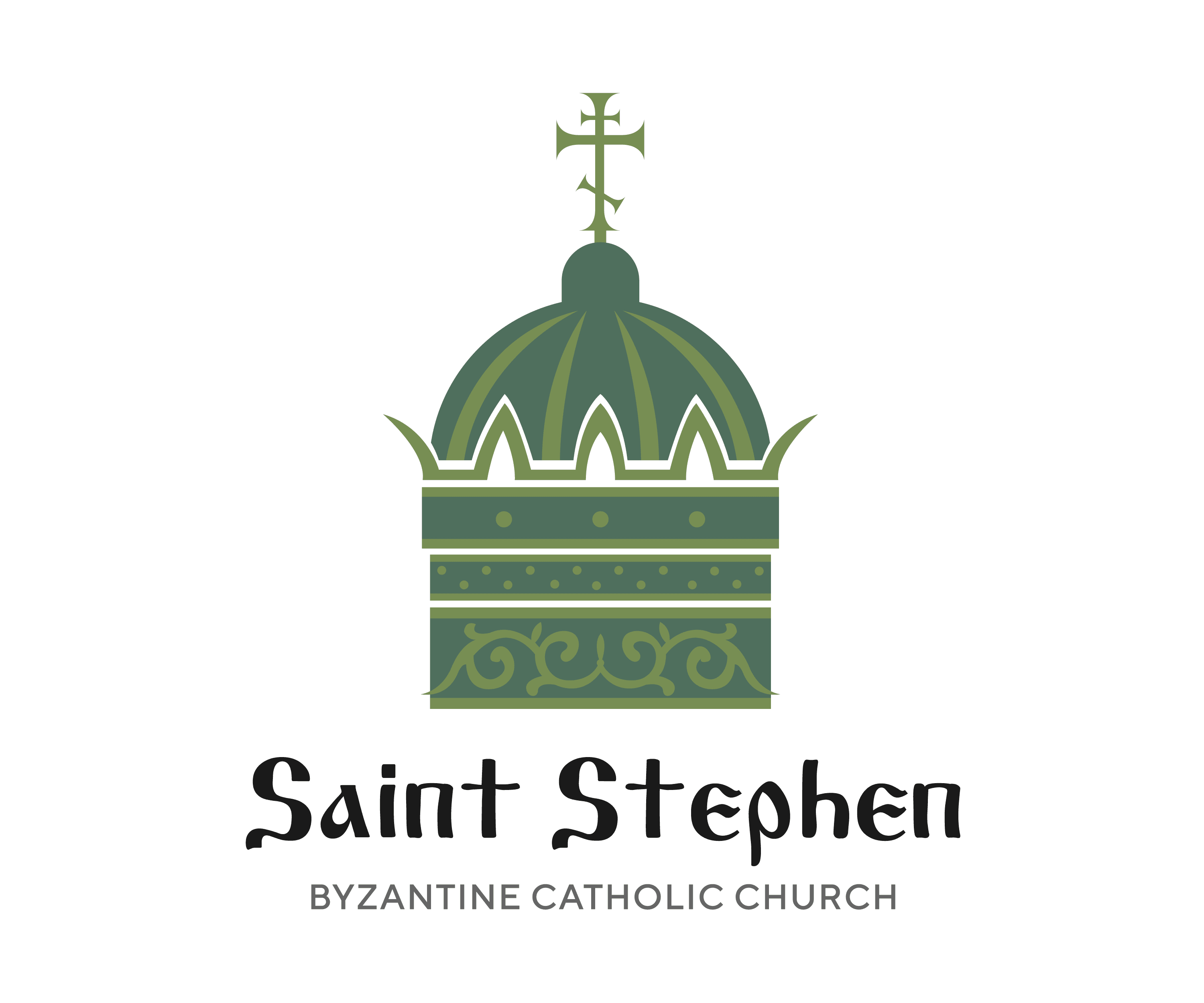Click here to watch a video of this service on YouTube (live stream begins at 9:30am, Friday, May 29th, 2020)
First & Third Hour for the Thursday after the Ascension
Click here to watch a video of this service on YouTube (live stream begins at 9:30am, Thursday, May 28th, 2020)
The Office of Holy Anointing
On Wednesday, May 27th, at 7pm, we will celebrate the public liturgical service of Holy Anointing (with precautions), which we would have celebrated on the evening of Holy Wednesday, had that been possible. This holy anointing must be preceded by a recent confession. Therefore, confession will be available starting at 6pm that same evening.
“Is any among you sick? Let him call for the presbyters of the church,
and let them pray over him, anointing him with oil in the name of the Lord.” (James 5:14)
Vespers & Divine Liturgy for the Thursday after Ascension
Click here to watch a video of these services on our YouTube channel. (Live stream will begin at 6:30pm on May 26th, 2020)
First & Third Hour for the Tuesday after 🕀 Ascension
Click here to watch a video of this service on YouTube (live stream begins at 9:30am, Tuesday, May 26th, 2020)
- « Previous Page
- 1
- …
- 149
- 150
- 151
- 152
- 153
- …
- 188
- Next Page »
